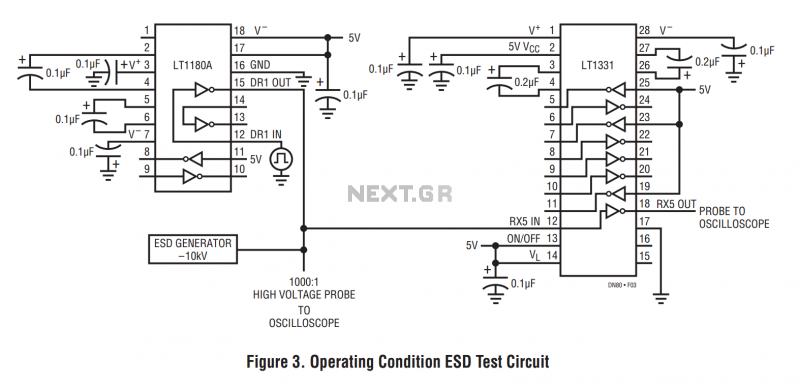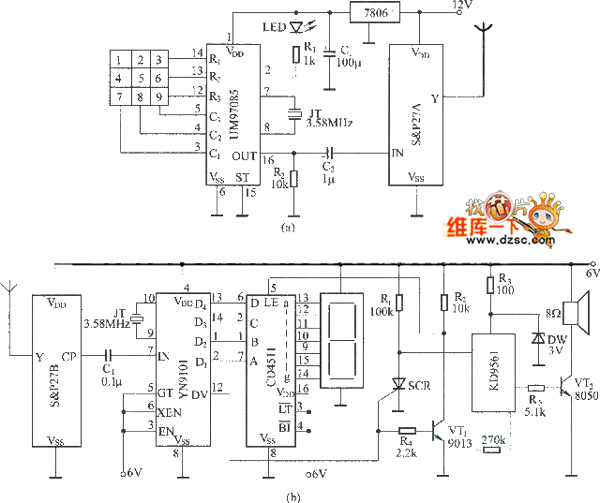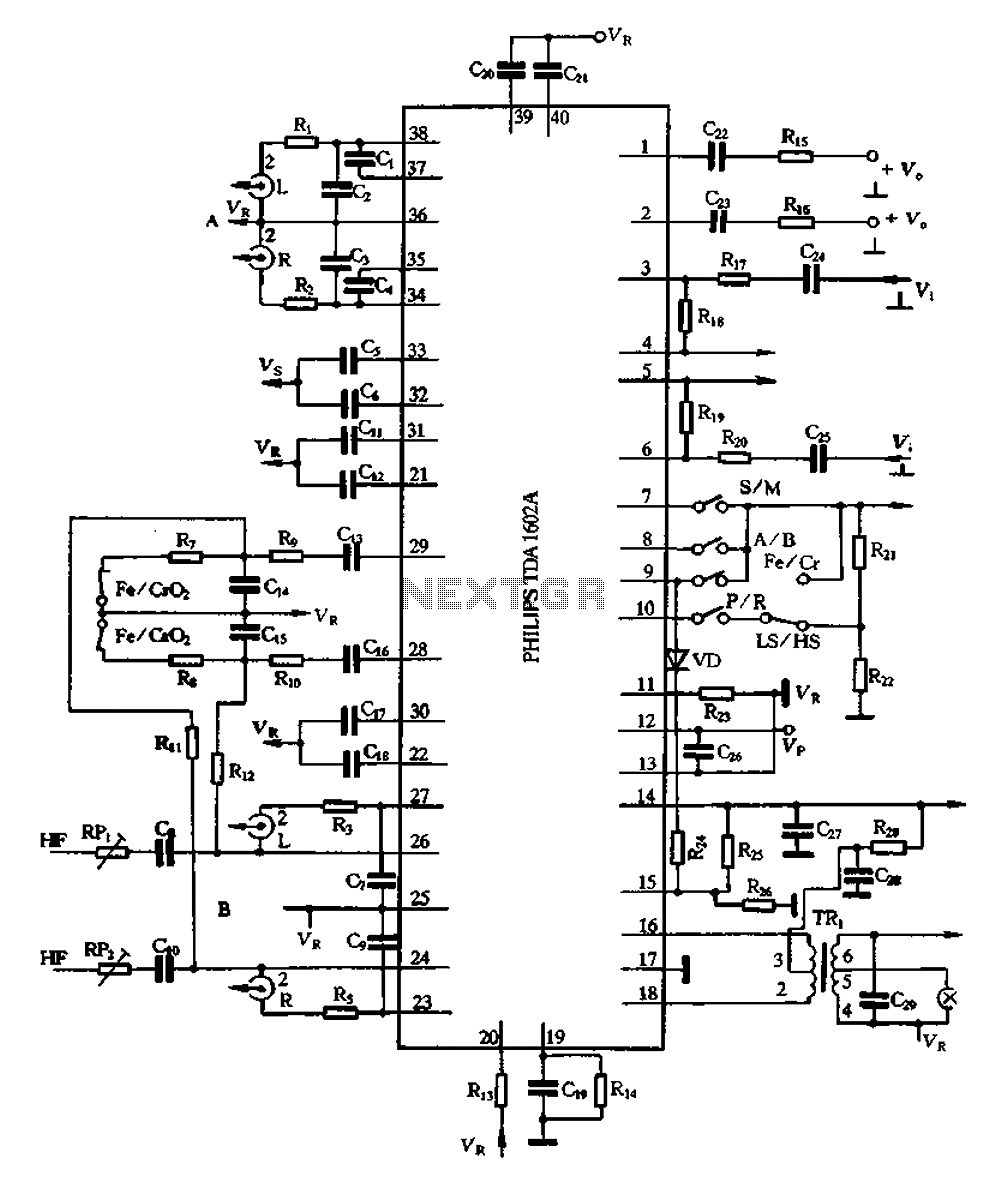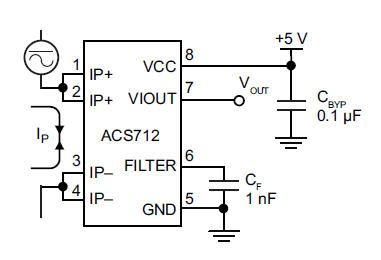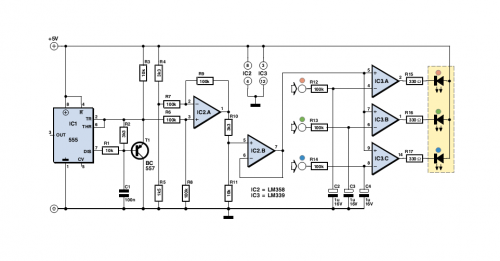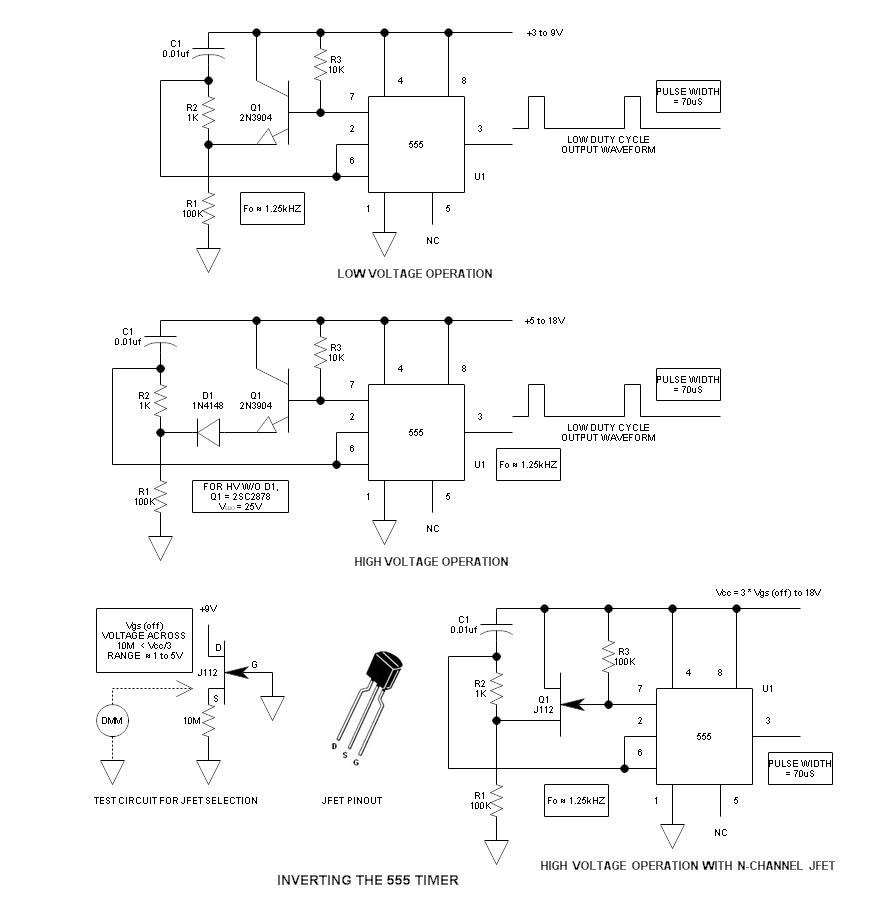
A five-way dual-channel audio switching circuit
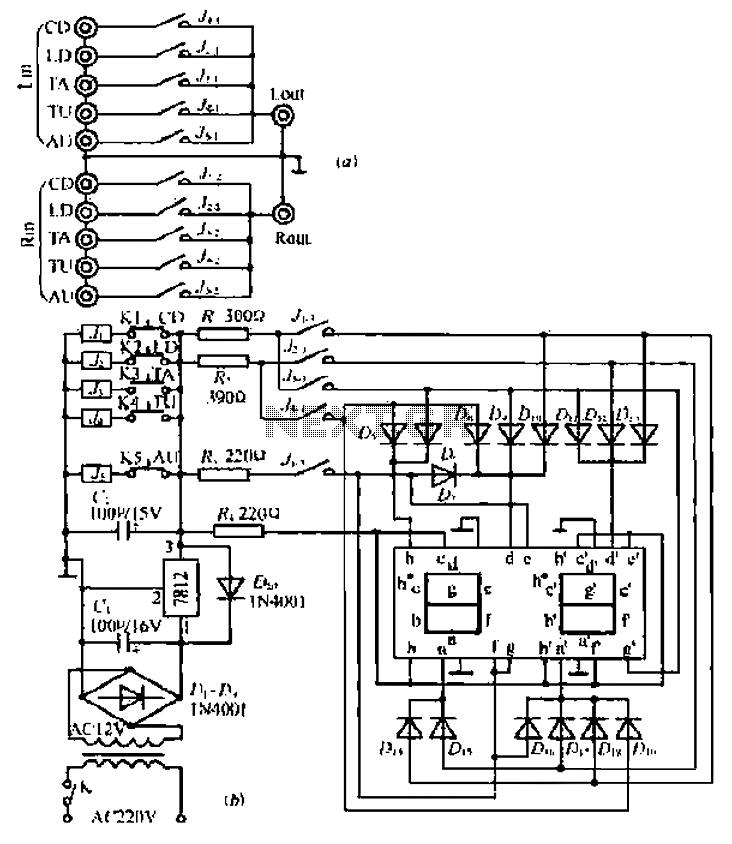
Can simulate the character Mu symbol. A bone dish SET code is needed that effectively manages the decimal point. An inverted J is required to open its mouth. Left foot circuit diagram.
The project involves designing a circuit that simulates the character Mu symbol, which is often represented in various applications, including animation and robotics. The core requirement is to create a bone dish SET code that can accurately manage decimal points, enhancing the precision of the output.
The circuit will utilize a microcontroller as the central processing unit, programmed to interpret the bone dish SET code. This code will dictate the position of various actuators that represent the character's features, including the mouth, which is controlled by an inverted J mechanism. The design should ensure that the inverted J structure can articulate effectively, mimicking the opening and closing motion of a mouth.
To achieve this, a motor driver circuit will be integrated to control the servos or stepper motors associated with the mouth mechanism. The left foot of the character will also be represented in the circuit, necessitating additional actuators and possibly sensors to provide feedback on position and movement.
The schematic will include power supply connections, ensuring that each component receives the appropriate voltage and current. Input pins will be designated for receiving commands from a user interface or external control system. Output pins will be connected to the motors that drive the mouth and foot movements.
In summary, the project requires a well-structured electronic schematic that encompasses a microcontroller, motor drivers, and actuators, all working in harmony to simulate the character Mu with precise movements and interactions. Can simulate the character Mu symbol, I need bone dish SET code which benefit s decimal point well Jl; inverted J to open his mouth. Left foot [ circuit diagram
The project involves designing a circuit that simulates the character Mu symbol, which is often represented in various applications, including animation and robotics. The core requirement is to create a bone dish SET code that can accurately manage decimal points, enhancing the precision of the output.
The circuit will utilize a microcontroller as the central processing unit, programmed to interpret the bone dish SET code. This code will dictate the position of various actuators that represent the character's features, including the mouth, which is controlled by an inverted J mechanism. The design should ensure that the inverted J structure can articulate effectively, mimicking the opening and closing motion of a mouth.
To achieve this, a motor driver circuit will be integrated to control the servos or stepper motors associated with the mouth mechanism. The left foot of the character will also be represented in the circuit, necessitating additional actuators and possibly sensors to provide feedback on position and movement.
The schematic will include power supply connections, ensuring that each component receives the appropriate voltage and current. Input pins will be designated for receiving commands from a user interface or external control system. Output pins will be connected to the motors that drive the mouth and foot movements.
In summary, the project requires a well-structured electronic schematic that encompasses a microcontroller, motor drivers, and actuators, all working in harmony to simulate the character Mu with precise movements and interactions. Can simulate the character Mu symbol, I need bone dish SET code which benefit s decimal point well Jl; inverted J to open his mouth. Left foot [ circuit diagram
Warning: include(partials/cookie-banner.php): Failed to open stream: Permission denied in /var/www/html/nextgr/view-circuit.php on line 713
Warning: include(): Failed opening 'partials/cookie-banner.php' for inclusion (include_path='.:/usr/share/php') in /var/www/html/nextgr/view-circuit.php on line 713
